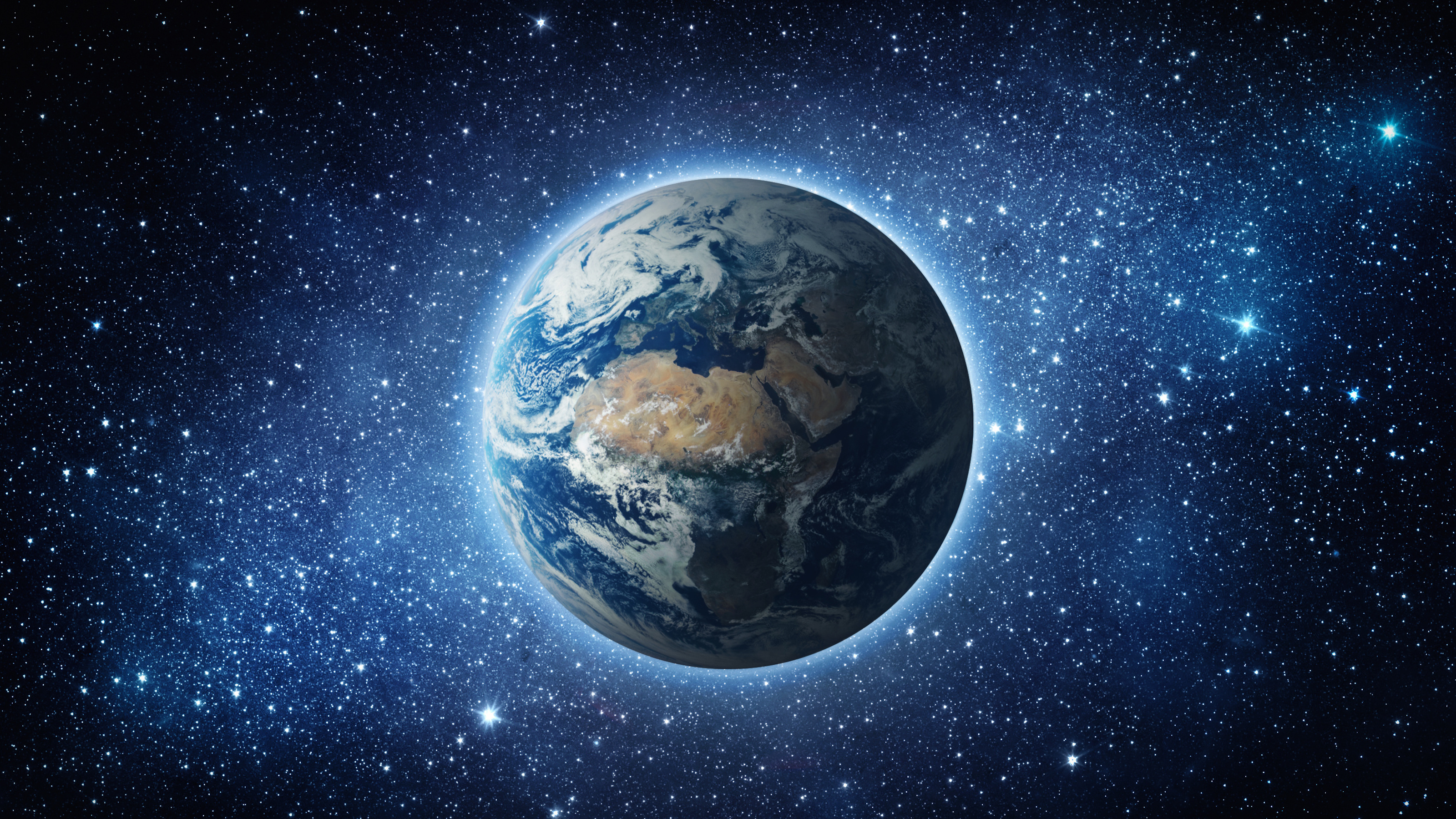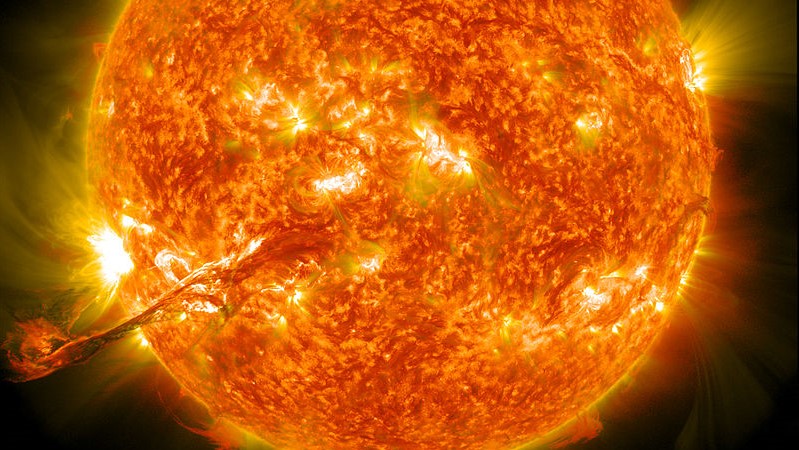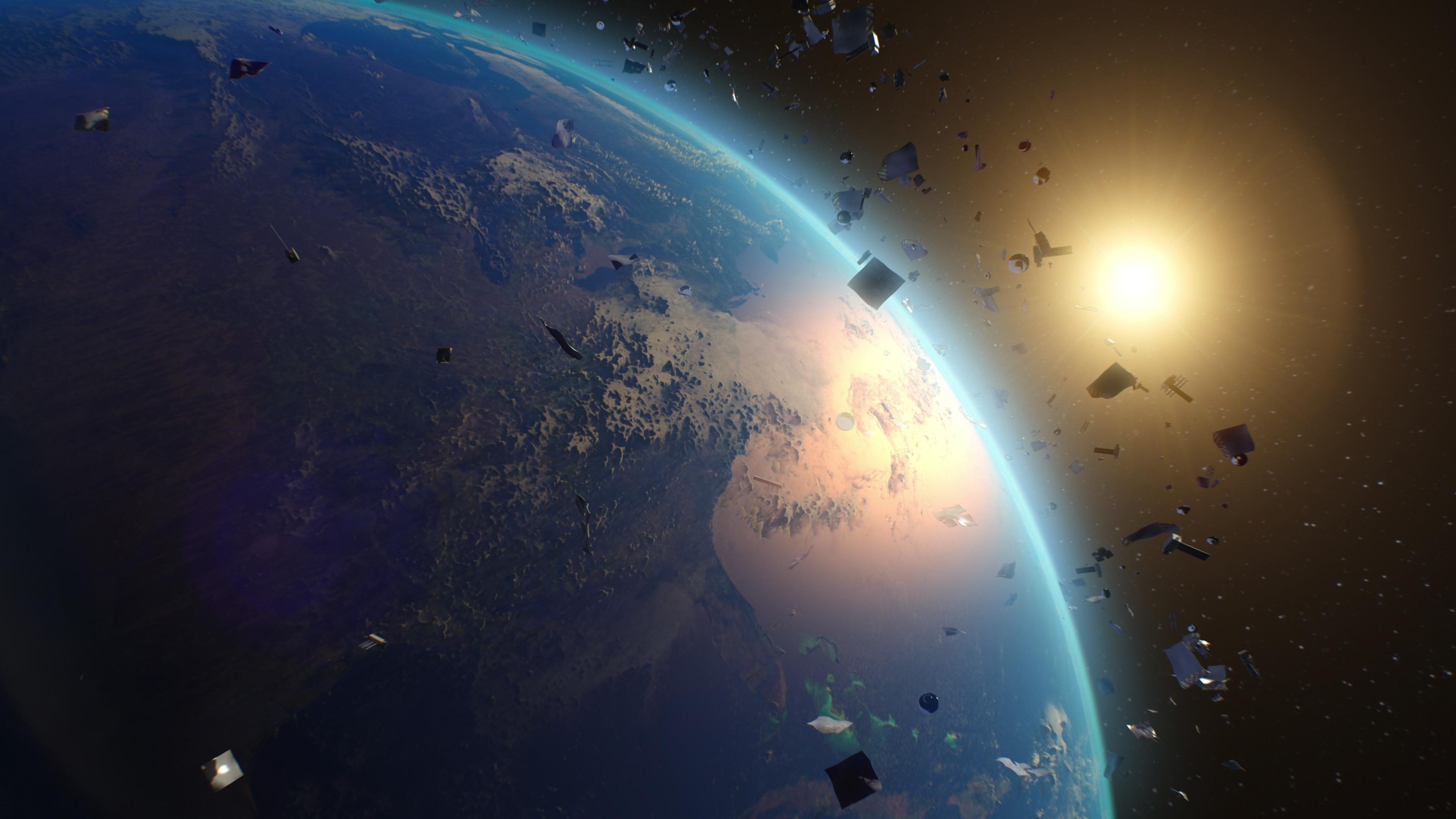DANIELLE WOOD: If you think about the view we have of the Earth from satellites, we're able to observe the oceans, the atmosphere, changes in the land. We have amazing views of the global changes. Traditionally, the goal has been to build satellites to last as long as possible, and to make sure they have all the technology to operate in the dangerous environment of space. Everything in space is going very fast. Astronauts who travel on the Space Station, they're traveling about 17,500 miles per hour. Because everything in space is traveling so fast, even when small objects hit each other, it means that they're likely to have a very dangerous collision. Very small objects have hit parts of the Space Station. And even a very small fleck of paint, or a lens cap that was dropped off a satellite can cause major damage, because everything's moving so quickly.
Now the challenge is, in just about 50 or 60 years, we've produced industrial waste in space. Just a few countries have played a key role in both putting up these major satellites, but also testing to see if they can destroy their own satellite in orbit. This created space debris. Sustainability is about whether or not we create and manage waste. One of the ideas we have to consider is what do we do with the satellite when it finishes its life, its mission? The reality is, we have sustainability challenges on Earth and in space today, we need to look at them as a set of common related problems.
We have to ask the question, will we respect the rights of people and the environment as we go forward in space? When we launch satellites and rockets to space, we're often carrying really expensive goods and systems, basically robots, that operate in space for maybe a decade or so. And the goal has been, because launch has been so expensive, to try to not launch a new thing until the old one is just replaced. Now, the challenge we have is to say what do you do with the old one? Sometimes the satellites are low enough to the Earth that they can actually be brought back down safely, and they actually enter the atmosphere. They're going so fast, they burn up, and generally that's a safer way to destroy them. But some satellites are operating pretty far away from the Earth. There's an area called the geostationary belt. It's about 36,000 kilometers away from the surface of the Earth. We have a whole ring of old trash satellites that are operating just a little beyond this very useful orbit. And it's a concern because going forward, we don't know a way to destroy those or use them safely. As you send up new missions, we are going to see more concerns about objects creating the possibility of collisions, and they create debris that can be endangering other missions.
How do we make innovation, both in policy and technology, to make Earth and space more sustainable in the future? One example of how we address this topic is asking how we can use beeswax and candle wax as fuels for satellites. Many fuels for satellites in the past have been expensive, but also toxic to humans. So examples like hydrazine, if you use them for part of a satellite mission, they're both dangerous for you to handle as a human, but they also create a need for special equipment and safety features that make the whole mission more expensive. Many of the smaller satellites that are being proposed now for missions like communication systems, don't have systems for propulsion, meaning they don't have fuel to move themselves around in space. And sometimes university teams and new countries want to have a simple satellite, and they just avoid having any kind of fuel at all. Beeswax is a global product. Wax can be an important economic resource, and it's sold for many products around the world. But we want to ask can we create a marketplace, a sustainable marketplace, for beekeepers to be able to use their wax, both for other tools, such as, used often in things like health products, but also for sustainable satellite and fuel systems that can remove space debris. The use of wax-based fuel systems, which are both affordable and non-toxic, could help with deorbiting the satellite, meaning, at the end of a mission, you could use this wax-based fuel system to help bring the satellite close to Earth's atmosphere. And that's a place where it's safe for it to burn up in the atmosphere and be destroyed. So it won't become a source of debris or trash in the future. Space is the heritage of all humankind. Imagine life for a team of people who start to live on the moon, perhaps working in some way, or on Mars. For those teams, what if we could design a system that was sustainable from the beginning, we really should ask the question how can all of our food, and water, and materials can be part of a closed system to reuse all the material we have. And if we can design ways to live without waste in space, we can also bring some of those same innovations back to Earth, and try to undo some of the damage we're doing with waste currently.





